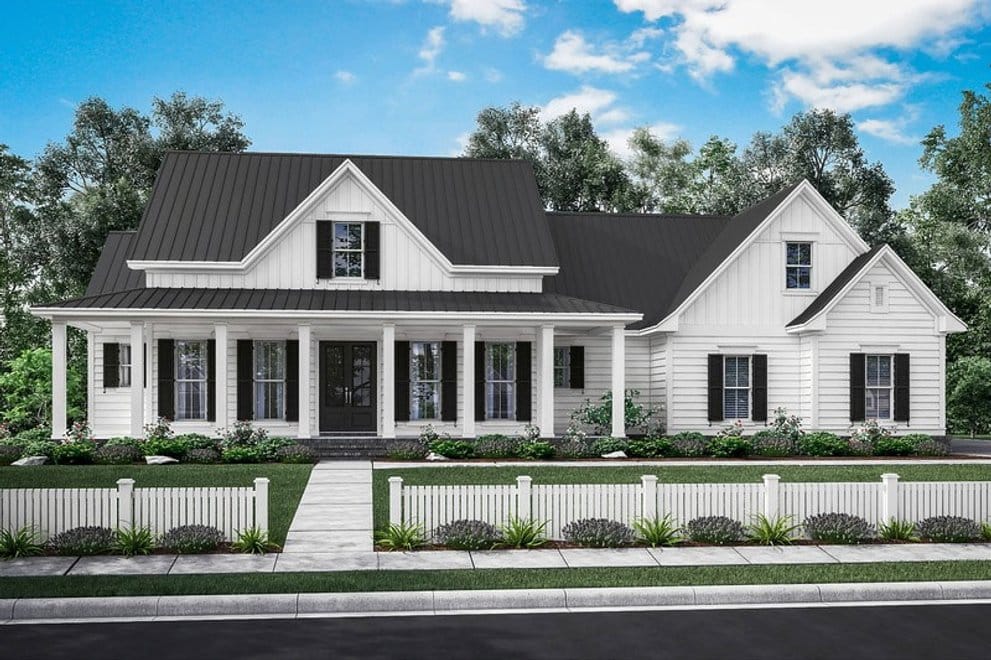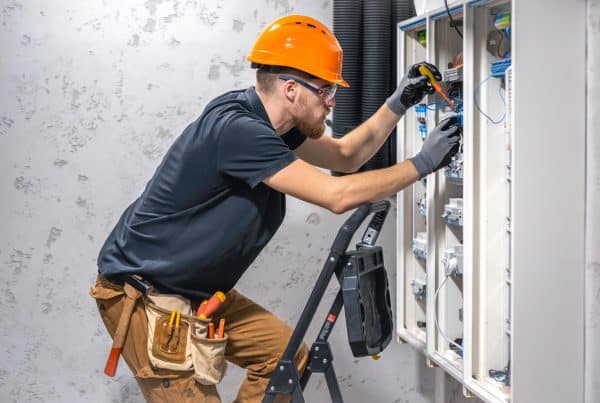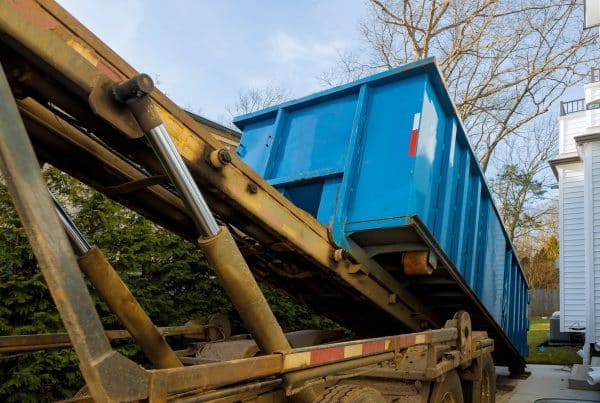There are few projects in life more personal and more exhilarating than a self-build home. In this situation, you’re not just choosing paints out of a rack of tester-pots, or kitchen furniture out of an online catalogue. Here, you’re actually designing and constructing the building itself. When it comes to bespoke living space, self-build is the purist’s choice.
If you’re going to get the most from your self-build experience, there are a few factors to consider before you get started. Let’s run through them.
Location, location, location
Most readers will have seen this coming. While it’s become something of a cliché, the fact is that the location of your new home matters enormously. Different plots of land will command different prices, and impose different restrictions on the sort of home you can construct.
The decision of where to build will have repercussions that spread through the rest of the process, and thus it’s essential that you put in the time and thought necessary to get it right.
Planning
Get in touch with your local planning authority as early in the process as possible. They’ll be able to offer you advice before you make the application, and advise you whether your project is viable.
Another important early step concerns the formation of your budget. You should have a good idea of how much you have available to spend. You don’t want the project to turn into a money pit, after all.
Designing
Designing, for most people, is the fun part. It’s where you get to flex your creative muscles, and get your dreams down on paper. Work alongside an architect to draw up the plans for your home. Make sure that the designs you’re provided with are fit for purpose.
During the process, you’re going to be collaborating with a number of skilled professionals, from whom you should expect a certain standard of work. This means seeking out the most reputable designers, architects and builders. Sub-par designs could result in disaster, and potentially even a professional negligence claim, so ensure you work with the right professionals and check over plans to make sure they are correct before going ahead with construction.
Design is often an iterative process. You should expect to go through several stages of revision before you settle on something you’re happy with. Budget accordingly!
Construction
At this stage, you should have a good idea of what needs to be done, and in what order. No matter how complex or elaborate the build, you’ll be able to break it down into smaller tasks that can be sketched out on a calendar. From there, you’ll be in a position to bring in the appropriate contractors. Get multiple quotes from multiple tradespeople. If you’d like an easy life, you might bring in a professional project manager to oversee things. In many cases, this is a decision that might help you to actually reduce your spending in the long term.
Finishing touches
After your home is built, you’ll still have a lot of work to do to make it habitable. This typically means bringing in plumbers, electricians and plasterers, and then eventually decorators, carpet fitters and other specialists. If you have a moving-in day set out, then this might provide a welcome sense of urgency, and prevent the last stages of the project from dragging on indefinitely.








